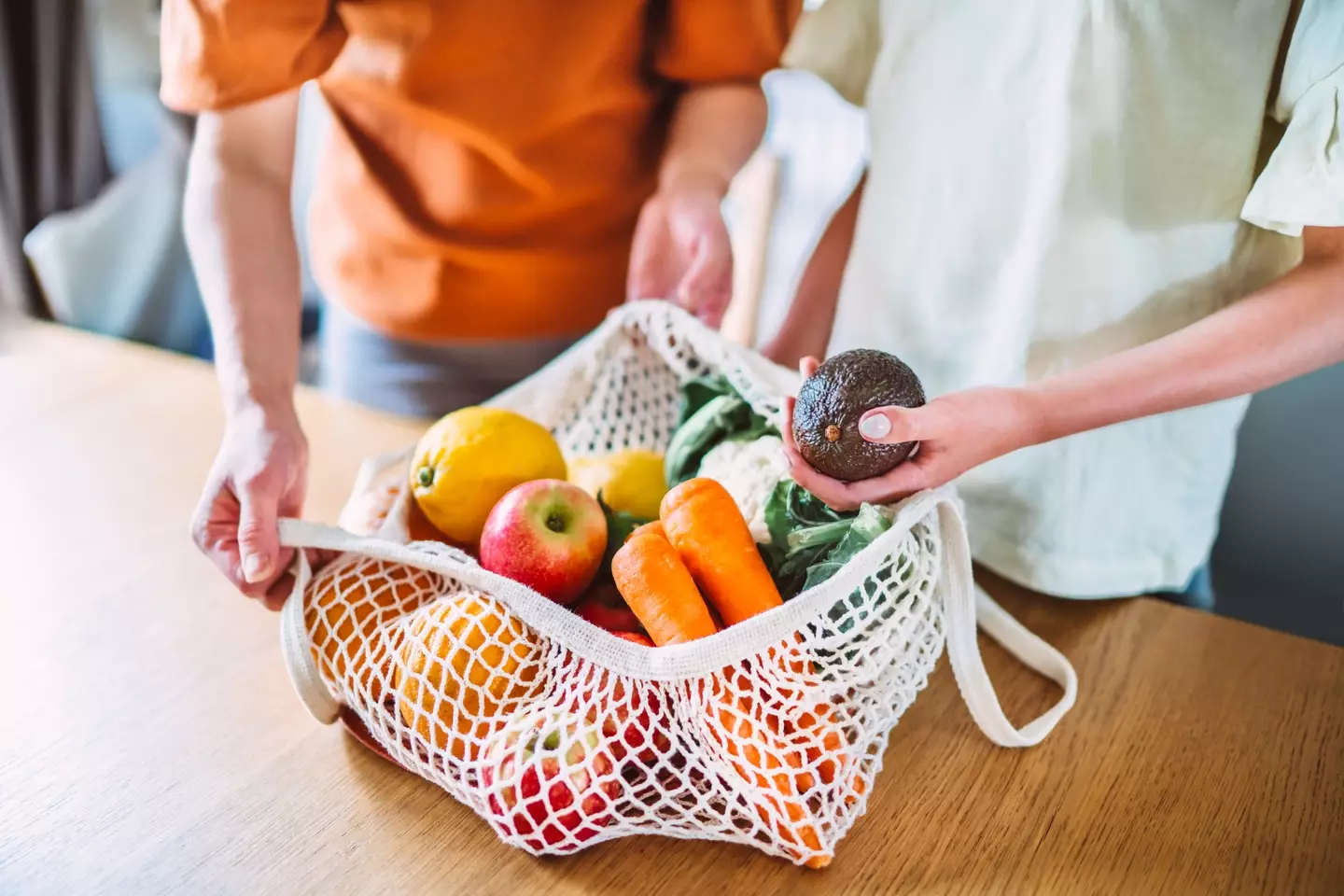
In a health and diet-conscious world that’s spurred by no end of TikTok videos decrying everything from tap water to soy milk as secretly terrible for us, the Big Bad of Western diets is ultra-processed food (UPF).
UPFs are loosely defined, but it generally refers to any food that includes or has been treated with artificial flavourings, sweeteners, emulsifiers, and preservatives.
Crisps, pizzas, fizzy drinks, cereal bars, sausages, and bread are just a handful of examples, and along with having the aforementioned additives little-understood consequences for our health they’re also typically calorific and high in salt and sugar.

Advert
As it stands, some general advice is to minimise the amount of processed food we’re eating in favour of whole foods and fresh home-cooked meals. Some experts recommend an 80/20 split where 80% of your dietary intake is fresh and unprocessed, leaving 20% as a kind of treat window.
However, it goes without saying that many people will cover considerably more than 20% of their intake with processed foods. They’re often cheaper than whole foods, their energy content means they’re relatively efficient in a cost-per-calorie sense, and they play upon our in-built scarcity and satisfaction mechanisms that inspire us to seek out sweet, salty, and calorie-rich foods.
In a recent report from the Make American Healthy Again-focused health officials in the Trump administration has made a shocking claim around the extent to which Americans, and particularly children, are consuming UPFs as opposed to fresh, whole foods.
The report says: “The American diet has shifted dramatically toward ultra-processed foods (UPFs), leading to nutrient depletion, increased caloric intake, and exposure to harmful additives. Nearly 70% of children’s calories now come from UPFs, contributing to obesity, diabetes, and other chronic conditions.”
Advert

70% is a breathtakingly high figure, and the report claims that this intake is contributing to widespread negative health outcomes and corresponding costs.
It continues: “Today, 90% of medical costs in the United States are tied to chronic conditions, many of which are tied to diet. The production of UPFs transforms the whole and healthy food produced by America’s farmers into food-like substances that have far different nutrient profiles than the original form.
“Farmers are the backbone of America - and the most innovative and productive in the world. We continue to feed the world as the largest food exporter. The greatest step the United States can take to reverse childhood chronic disease is to put whole foods produced by American farmers and ranchers at the center of healthcare.”
Advert
It doesn’t stop there, adding: “Roughly 70% of the over 300,000 branded food products available in grocery stores today are ultra-processed.
“Over 50% of the calories consumed by Americans come from UPFs, while peer countries like Portugal, Italy, and France average UPF consumption rates of just 10–31%. Meanwhile, over 40% of Americans are obese, compared to less than 25% of the Portuguese, Italian, and French populations.”
In the UK, we do like to look across the pond and favourably compare our own food with the large portions, additive-rich, and more loosely-controlled food regulations typical of American grub, but we’re in the midst of our own obesity and chronic illness crises that may have a lot to do with our own penchant for UPFs.

Advert
64% of UK adults are overweight or obese, and over 30% of us have a chronic health condition. Sedentary lifestyles play a part, but it’s increasingly believed that diet plays a larger role in how much weight we’re carrying.
It seems a large proportion of us could do with moving more and eating more healthily, and the government is enacting a similar review of how UPFs are regulated and advertised. In 2026 a broad ban on pre-watershed UPF TV advertising will come into effect, with a similar aim to reduce children’s intake of these foodstuffs.
